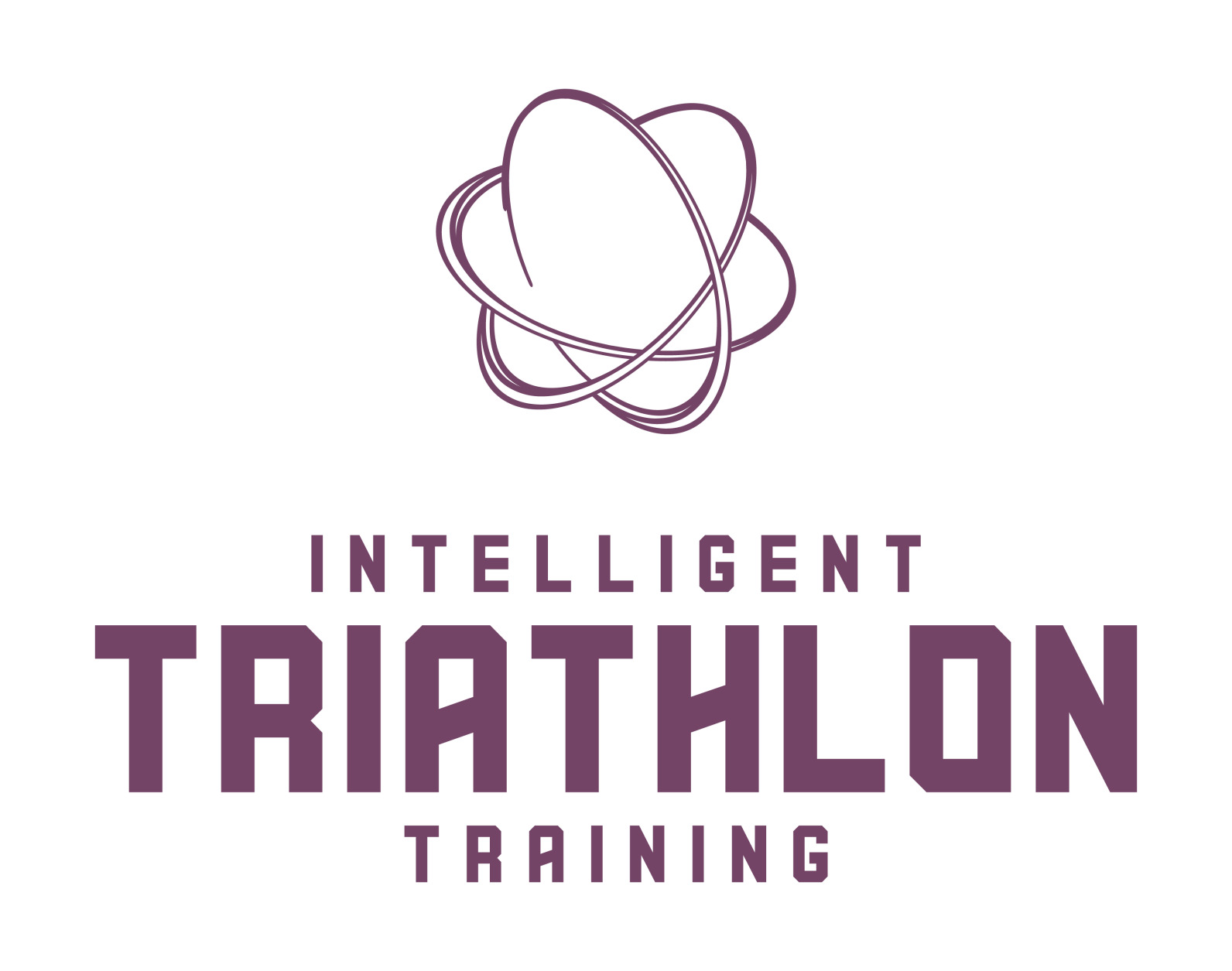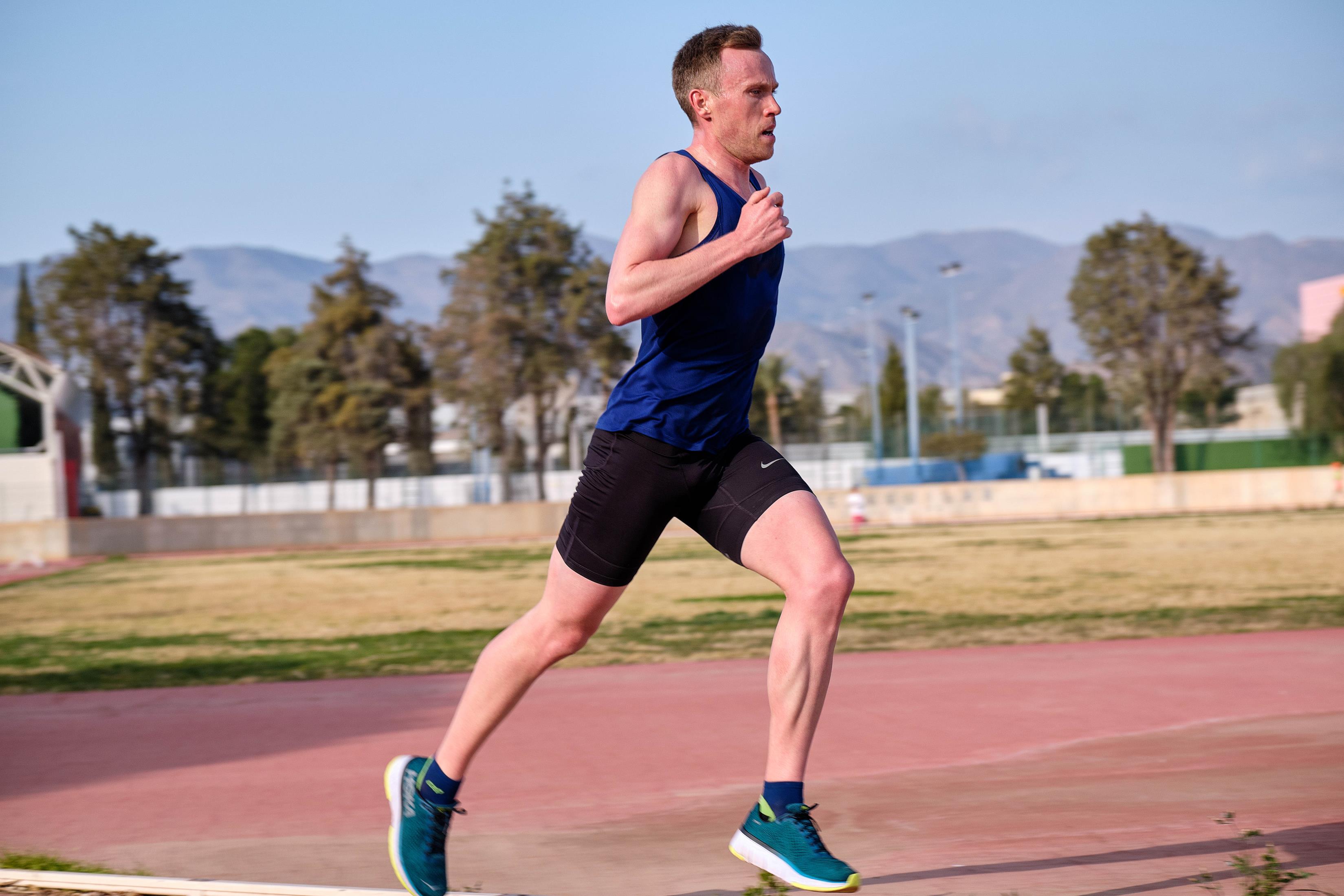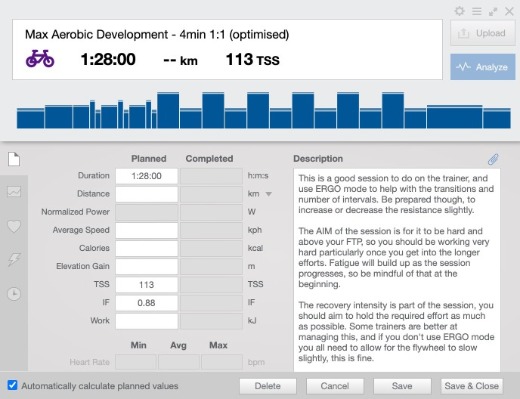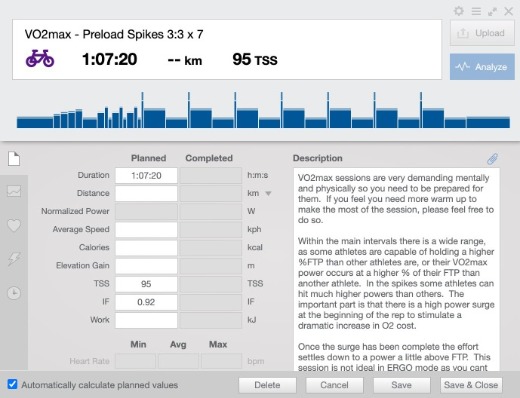How to increase VO2max to improve your Triathlon Performance
Training, May 14, 2021
VO2max is an essential piece of the performance jigsaw that makes up your overall performance. In this article we cover the key training methods for improving VO2max.
How to boost VO2max to Improve your Triathlon Performance
VO2max is primarily limited by genetics which means if you have been training regularly for a long time, you are probably close to your potential, however, VO2max training can still provide some essential adaptations that will improve your triathlon performance, whatever event you are performing in.
If you are new to endurance training, there is an excellent chance that you will be able to improve your VO2max and significantly affect your performance.
To find out more about how VO2max affects your performance and why you should be including some training for it read our more detailed article HERE
Training Methods
Obviously, in triathlon, there are three disciplines; however, the principles of improving VO2max are the same in all three.
Method 1
High Volume Low Intensity (HVLIT)
The intensity needs to be below LT1 for the vast majority of your training (80 - 90% total volume); the more volume you do, the further below LT1 this will need to be, as the overall load will become too much.
For example, a pro training for Ironman may do 30 - 40hrs of training weekly, week after week. If they performed their HVLIT training at just under LT1, the training load would be like doing an Ironman daily. So much of their HVLIT training will be:
- 55 - 65% FTP for cycling
- 75 - 80% FTP for running (using power, not pace).
If however you are a time-poor AGer performing ~ 10hrs training a week and you are already well-conditioned, doing 8hrs at the above intensities there will not be a significant overload, so you will need to perform this for many weeks to begin to see any adaptions, which is not a good use of your time. Therefore we tend to work towards the top of the range, just under LT1 for at least some of the sessions.
- 65 - 72% FTP for cycling
- 75 - 85% FTP in running (using power, not pace)
Lower intensity rides that limit the contribution of carbohydrates build capillary density around the type I muscle fibres and encourage the use of fat as the primary fuel, which helps to increase the mitochondrial density within the muscle. Effectively this increases the potential to extract and use O2 in the muscle.
How much do I need to do to improve my triathlon performance?
The vital ingredient is the overload of volume. To create an adaptation or improvement, you must overload the body and force it to adapt. Within the context of improving VO2max and power at VO2max, a lot of volumes is required. If you are used to 8 - 10hrs of cycling, then to improve VO2max via HVLIT, you will need 6 - 8 weeks of greater than 10hrs a week. There will likely be at least one recovery period in that time, possibly two, where the load is dramatically reduced.
Using metrics such as Training Stress Score and the other metrics that Training Peaks calculate (Acute and Chronic Training Load, Ramp Rates etc) will help to manage the overload. Whilst the designers would like you to believe these are the holy grail of managing training, they cannot factor in a lot of other things, such as your workload, sleep, nutrition etc. So we use these as a guide.
As a starting point, you will need at least six weeks of HVLIT training to create a meaningful change with the appropriate loading. Longer than this might also work, but it will depend upon other requirements in training and the timing of your races.
I would usually start with a loading that can be sustained for 3 weeks, then have an easier week before repeating.
AVOID - smashing out a huge week in Week 1 and then hanging on.
DO - build the volume as you proceed through the block, using the last week of your mesocycle to increase the load if you can handle more.
Rest or recovery weeks (also called adaptation phases) are essential for continued development. These allow you to adapt, recover and then build a more extensive base. They don't have to be a week in duration, though, it's just a simple way of describing the phase. Sometimes we use 5 days, sometimes 10 days; it all depends upon how well the athlete is recovering and the load we subjected them to.
Remember, there are also other reasons for including low-intensity sessions in your training, such as improved fatigue resistance and maintaining the adaptations you have made.
This is a Performance Manager Chart (PMC) from Training Peaks. It shows a few aspects of the load this athlete is under over a period of 6 months.
The BLUE-shaded area is showing how the chronic load (CTL) builds and lessens in response to the training. The Green/Red/Purple bars show the balance of stress (TSB); as the load increase, the balance becomes negative, and this needs to happen to create an overload. However, spending too long in a negative balance or going too low will cause the effect and adaptions to be blunted. If the balance is always positive, there is not enough overload to cause a training effect.
Looking at the CTL or TSB, you can see the sustained increase in load, followed by short periods of recovery and one instance of very high load (the red bars). Towards the right side, you can see a plateau on the CTL line where effectively the load is not sufficient to create an overload, but also, it's not letting the athlete de-train. This often happens around competitions where the training load needs to be reduced, but you want to retain fitness.
What other training should I do?
In most cases is impossible to never go over LT1, so on a road ride, there will always be small increases in power for traffic lights or hills, this will account for some of the 10 - 20% that is not under LT1. Including some quality work in the programme is also advisable to avoid becoming one-paced. We would generally consider ~ 10% of the total volume as some form of quality repetition, depending upon each individual's requirements.
Sometimes this is a few short sharp, very high-intensity intervals; for others, it might be FTP reps, but whatever they are, they are usually above LT2.
Method 2
High-Intensity Intervals
The other method of developing VO2max is to use intervals of high-intensity work at or close to VO2max. Typically we want to get as much time as possible in a session close to VO2max. These relatively short duration intervals use a high-intensity target to stimulate a rapid heart rate response, improving stroke volume and the mitochondrial function (efficiency) within the muscle cells. This intensity is close to the athlete's Power at VO2max (or Velocity at VO2max) but should not exceed this significantly. Performing these reps too hard will not produce the desired response and will reduce the amount of time you can hold VO2max for.
Sessions fall into three main types
- Continuous Steady State
- Micro Burst
- Surge into Steady State
Typically we would aim to include 2 - 3 sessions of this a week for a triathlete across running and cycling. For a runner or cyclist, we would normally only include a maximum of two sessions per week. For more on how to plan the periodisation check out our Triathlon Perdiosation articles.
Continuous Steady State
| Low | High | Duration | Work to Rest | |
|---|---|---|---|---|
| Running | 106% | 116% | 1.5 - 6min | 1:1 |
| Cycling | 112% | 118% | 2 - 6min | 1:1 |
Ideally, you want to achieve 20 - 30min duration at this intensity.
A key point with these intervals is to optimise the duration for your own characteristics. Some athletes with substantial anaerobic capacity (Functional Reserve Capacity (FRC)) can perform very long intervals at this intensity, while athletes with smaller FRC cannot. The latter would perform shorter repetitions but more of them, the former longer reps and less of them. The total volume of time in the rep would be the same.
Micro Burst
| Low | High | Reps | Duration | Sets | Work to Rest | |
|---|---|---|---|---|---|---|
| Running | 106% | 116% | 8 - 12 | 30 - 40s | 2 - 3 | 2:1 |
| Cycling | 106% | 118% | 8 - 12 | 30 - 40s | 2 - 3 | 2:1 |
Ideally, you want to achieve 20 - 30min duration at this intensity.
These are very short intervals (30 - 40s), with even shorter recovery (15 - 20s), built into a longer set (8 - 12min). The micro rest extends the time you can hold VO2max and increases the effect of the session.
The session is usually two sets, but for athletes with low FRC, we sometimes use three sets with ~8-min recovery between the sets.
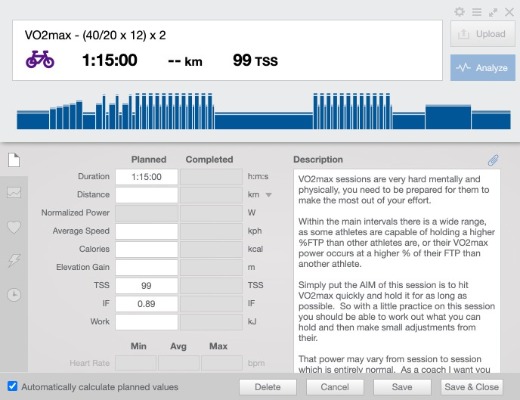
Surge into Steady State
These apply mainly to cycling.
There are various ways of performing these and they combine some of the elements of the Continuous Steady State.
Each repetition is initiated with a hard acceleration at 250 - 300% FTP for 7 - 10s
Then the intensity is dropped to 109 - 115% FTP for the remainder of the repetition.
Similar to the CSS reps, the duration of this section is dependent upon your FRC, a large FRC, and the rep is longer (up to 6min total) and for an athlete with a smaller FRC, then it may be a 90s rep.
The total volume of the session should also be 20 - 30min
Recovery between reps is 1:1 work to rest.
